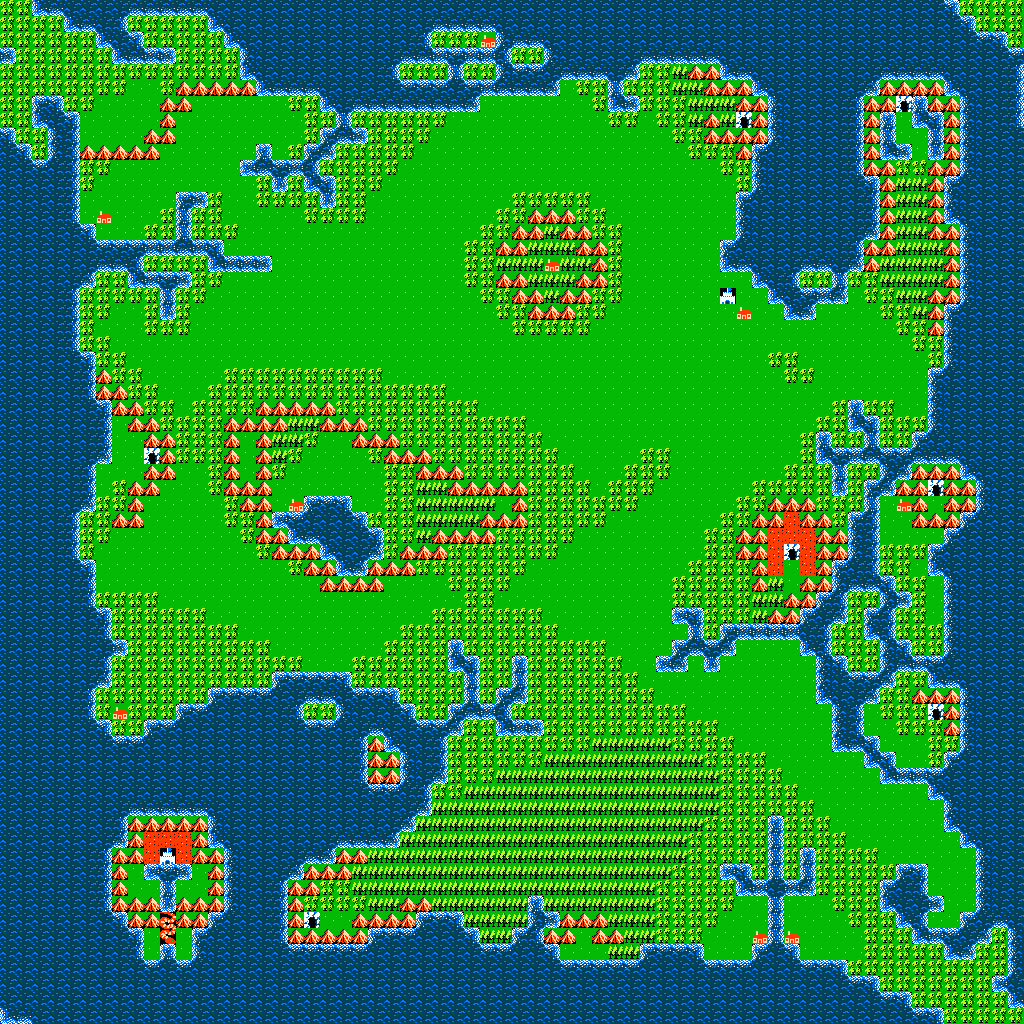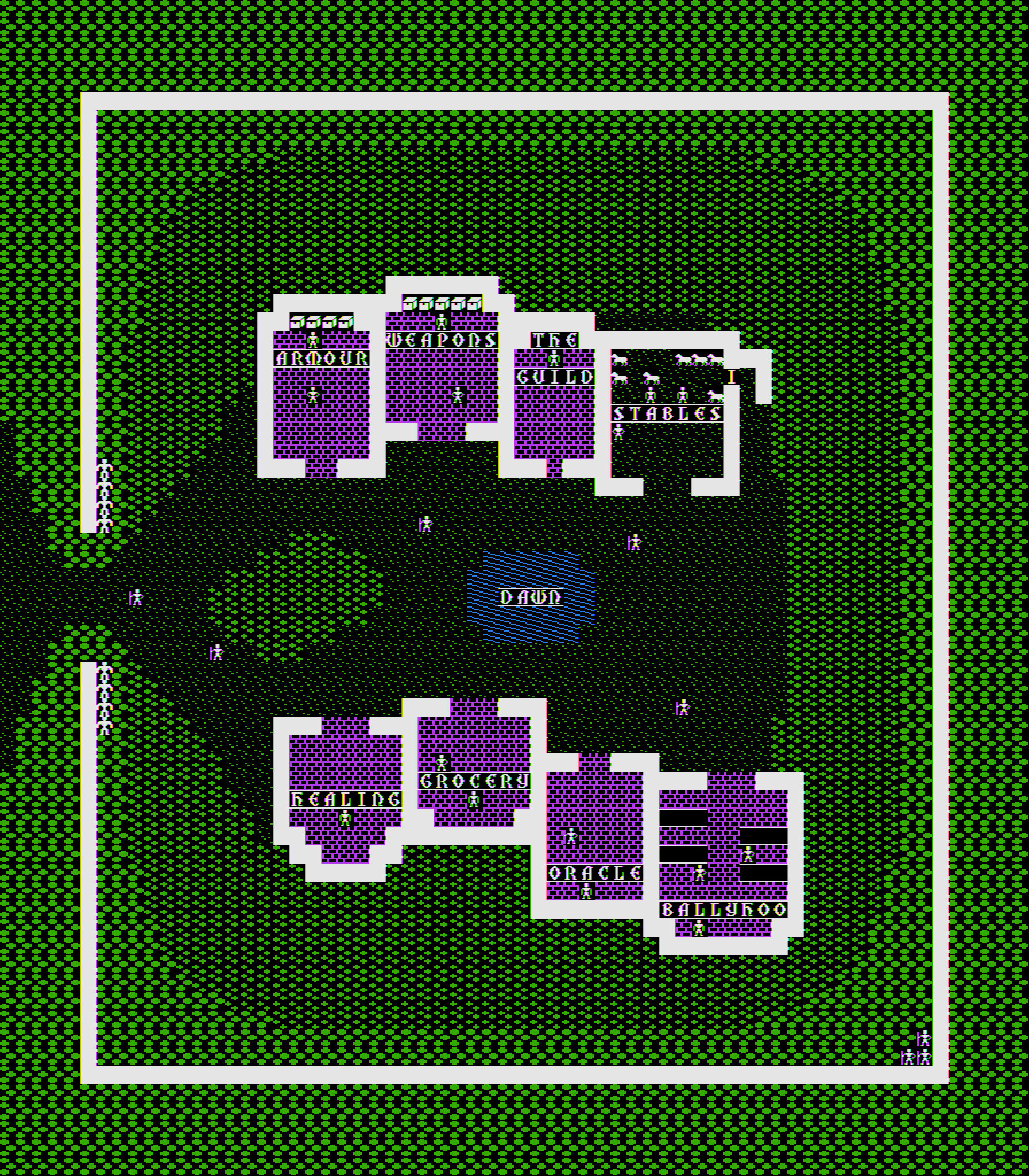
Tal como ocurre con cualquier tecnología, la IA viene acompañada de enormes desafíos y potenciales riesgos para la sociedad, por lo que es imperioso contar con conocimiento relevante que promueva el accionar para reducir o evitar los posibles efectos negativos. Se trata de nuevos algoritmos que conducirían al aprendizaje acumulativo, emulando de esta manera el aprendizaje a través de la experiencia.Įn la última década hemos sido testigos del rápido progreso de la inteligencia artificial en diversos campos determinantes del quehacer humano. Lo que hoy entendemos por inteligencia artificial está asociado a la planificación, la comprensión del lenguaje, el reconocimiento de objetos y sonidos, la resolución de problemas.

One of the major findings was that violence and conflict, both symbolic and physical, are constant in the different dystopic settings identified in the study sample, which reflects and projects the historical violence experienced in Colombia. Of the 45 comics that met this criterion, 28 were identified and analyzed that contained a dystopian setting. Out of these fictions, those that were set in or made reference to the city of Bogotá were selected. For this research study, printed publications available since 1992 (130 items) wereĬollected. These fictions are classified here as dystopias about a technologicalįailure, dystopias about a symbolic/physical coercion, apocalyptic dystopias about zombies/infected individuals and apocalyptic dystopias about supernatural/non-human events. Dystopia is generally understood as a negative view for humanity either of a possible future or an alternative present. This paper explores the narrative and visual resources used in Colombian comics, from 1992 to the present day, in order to describe dystopian representations of Bogotá city.

The article concludes with a reassessment of arguments regarding alleged sociopolitical impacts of war- and violence-themed computer games. The article illustrates features of selective realism before it conducts in-depth analysis of the titles Spec Ops: The Line and The Last of Us to show how critical game design can invite a conscious unraveling of the generic frames and the ideological positions these invite. Identifying four specific filters that frame player experiences, I argue that the resulting selectivity is significant because it is characteristic of the F/TPS genre as a whole that, through its wide dissemination, impacts upon the cultural framing of actual warfare. The present article develops the concept of selective realism to understand how design features and narrative frames of first- and third-person shooters (F/TPS) exclude attention to salient, yet unpleasant, features of warfare such as problematic forms of violence, long-term psychological impacts, or sociopolitical blowbacks.


 0 kommentar(er)
0 kommentar(er)
